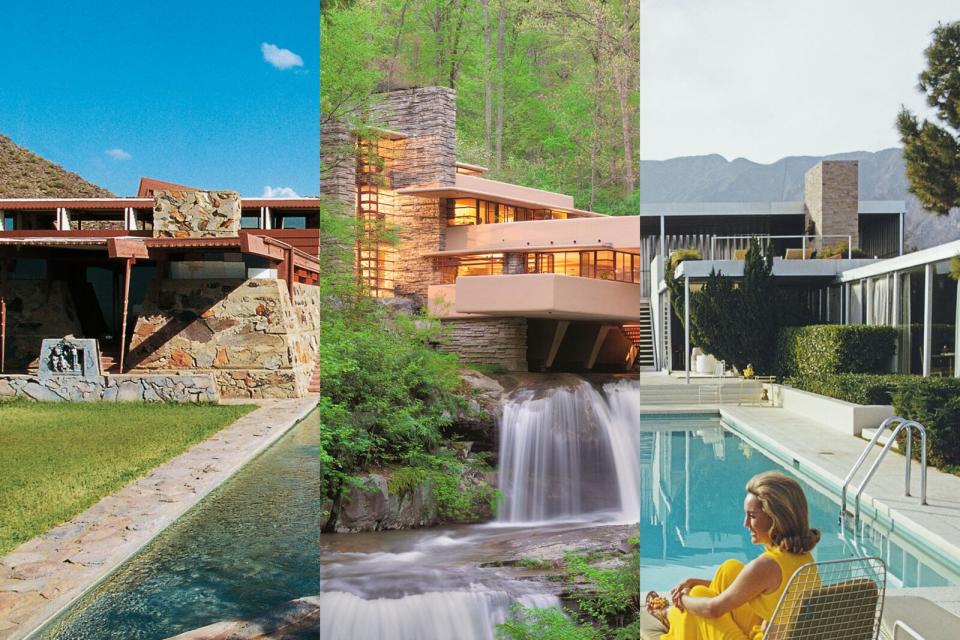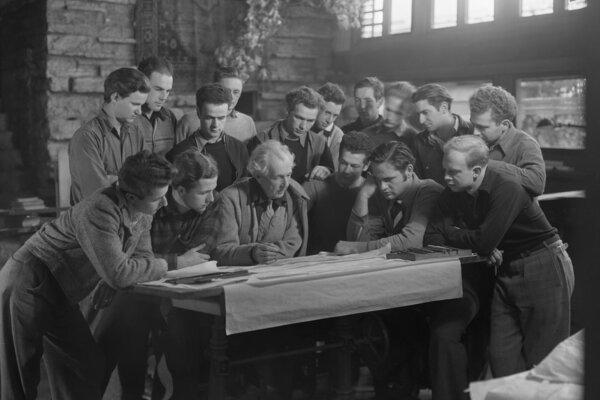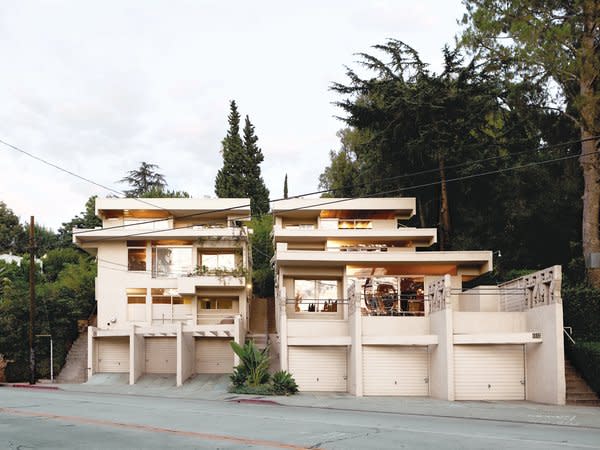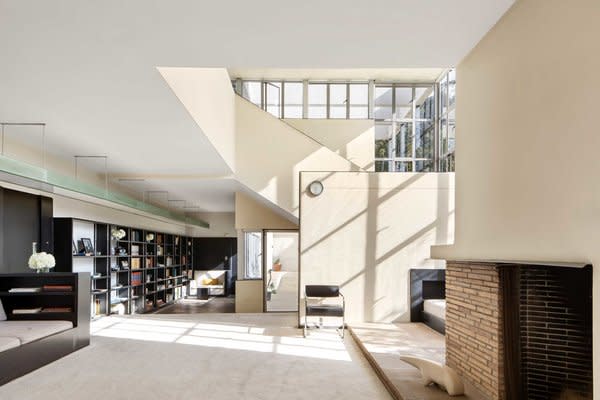Tracing Frank Lloyd Wright’s Influence
From his protégés to his admirers.

Over his 70-year career, Frank Lloyd Wright designed more than 1,000 structures—museums, homes, churches, commercial buildings—532 of which were built. But thanks to his ideas (and his fame) his influence maps far beyond his work. From the 1930s onward, to be inspired by Wright could mean working alongside him as an apprentice or fellow at his home, studio, and architectural school Taliesin in Spring Green, Wisconsin, and later Taliesin West in Scottsdale, Arizona—like E. Fay Jones, one of Wright’s esteemed protégés. It could also mean admiring Wright’s ideas from afar. One of the best examples of this is Joseph Eichler, who in the early ’40s rented a Usonian-style house designed by Wright in Hillsborough, California, and was so inspired by its long, horizontal lines and walls of windows that he developed his Eichler homes with similar modernist principles.
Wright’s influence reached other architects from his generation and later ones, too. He popularized the term organic architecture, referring to the philosophy of designing in harmony with natural surroundings, and was among the group of Chicago-area architects to introduce Prairie style as an extension of the early-20th-century Arts and Crafts movement. Unsurprisingly, many of Wright’s actual descendants also pursued careers in architecture: His son, Frank Lloyd Wright Jr., also known as Lloyd Wright, became a landscape architect and designed a number of Southern California homes and landmarks. Meanwhile, Lloyd Wright’s son, Eric Lloyd Wright, also went on to become an architect and spent much of his career restoring his father’s and grandfather’s buildings.
But the web of Wright’s architectural influence doesn’t stop there: Here are nine architects whose works were touched by Wright’s ideas, whether directly or from a distance. Wright treated his residential projects as testing grounds for his evolving visions; unsurprisingly, his impact on future generations of architects shines in the homes they designed.
Rudolph Schindler’s textile block details
Austrian-born architect Rudolph Schindler (1887-1953) designed and built his most important works in Southern California during the first half of the 20th century. He relocated to Los Angeles in 1920 at the request of Wright, who’d hired him at Taliesin a few years prior, to supervise the construction of Wright’s Mayan Revival Hollyhock House, which in 2019 became L.A.’s first UNESCO World Heritage Site (and is open for tours in East Hollywood). He also designed two apartments for Wright’s Samuel Freeman House in the Hollywood Hills. Schindler decided to stay in L.A. and open his own practice; in the ’30s, he designed the Greek village-inspired Bubeshko Apartments in the Silver Lake area, which have decorative wall caps that resemble Wright’s iconic textile blocks from both aforementioned projects.
See the full story on Dwell.com: Tracing Frank Lloyd Wright’s Influence
Related stories:




